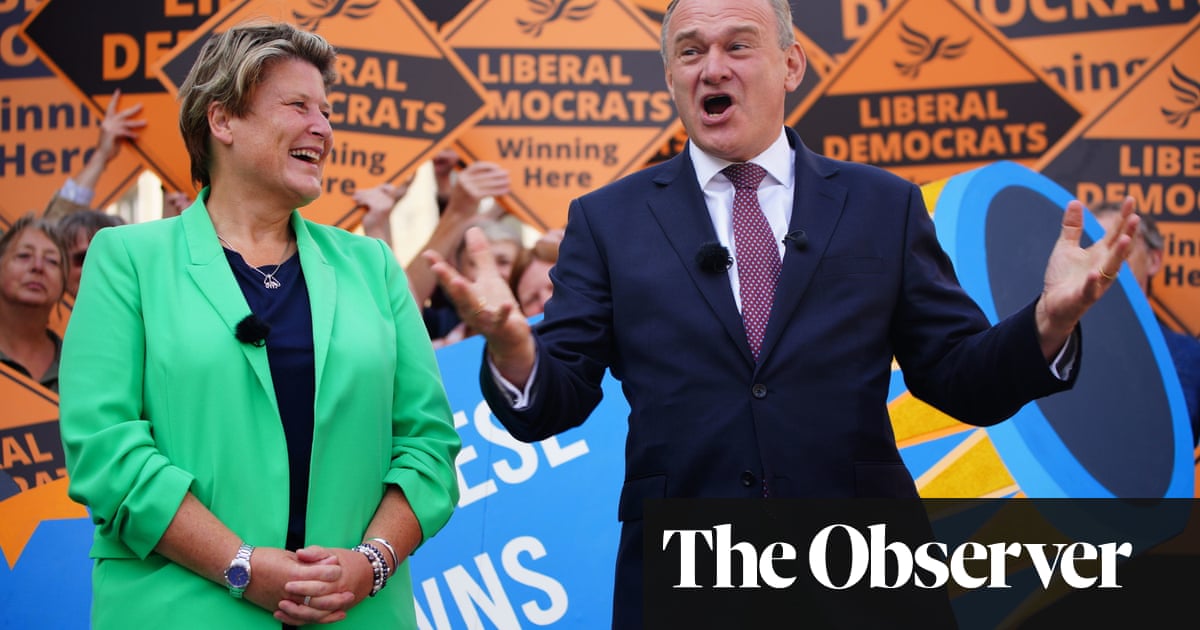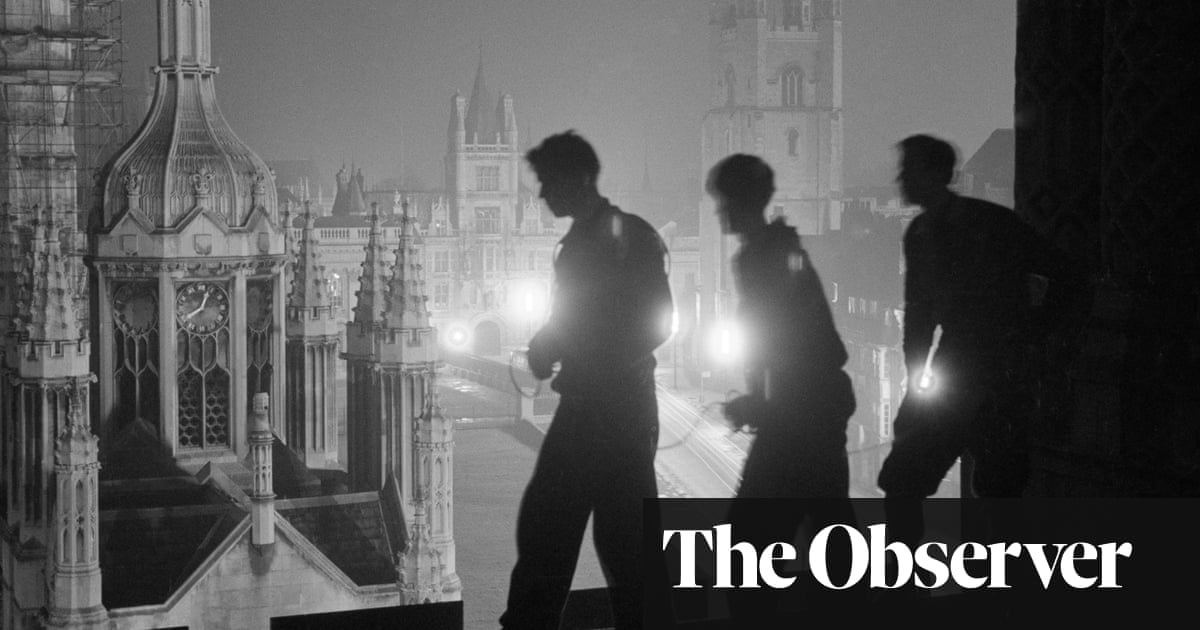
Dramatic byelections tend to produce two opposite reactions. Winners call them earthquakes, while losers detect nothing more than a routine murmur. The dramatic results in Wakefield, and Tiverton and Honiton, certainly approach the disruptive end of the Richter scale.
The reason is not just the sharp decline in Conservative support, but the ferocious way in which tactical voting compounded the Tories’ misery. This makes it more likely that the party will lose power at the next election – even if the swing in Wakefield was not enough to enhance Labour’s hopes of a clear majority in the House of Commons.
A very real prospect now is that the Conservatives could recover enough to regain the lead in the popular vote at the next election – but still lose too many seats to enable them to remain in office. Indeed, yesterday’s contests provided a vivid illustration of this very point. Add the results from the two byelections together, and the Tories came first overall, more than 1,400 votes ahead of the Liberal Democrats and 10,000 ahead of Labour. Yet, with the anti-Tory vote lining up in each seat behind the candidate most likely to defeat the Conservatives, Boris Johnson’s party crashed to defeat in both. (Without tactical voting, the Tories would still have lost Wakefield but might have held Tiverton and Honiton.)
Past elections tell us why this matters. In 1997, around 30 Conservative MPs lost their seats because of tactical voting. Indeed, the Lib Dems’ national vote fell, even though they more than doubled their number of MPs.
Tactical voting went into hibernation in the 2010s. For much of the decade, Labour supporters were reluctant to vote for the party that had gone into coalition with David Cameron’s Conservatives. Then, in 2017 and 2019, Jeremy Corbyn deterred Lib Dem supporters from lending their vote to Labour.
Tactical voting is now back with a vengeance. Keir Starmer is palatable to most Liberal Democrats, while Labour supporters accept that Ed Davey and the Lib Dems have moved on from the days when they voted for Tory austerity measures.
Now, tactical voting would not decide Britain’s next government if Labour was on course for a clear victory. It isn’t; or at least, it isn’t yet. The 12.7% swing to Labour in Wakefield would be just enough, repeated throughout the country, to give Labour a small overall majority. But, with rare exceptions, big byelection swings fade at the following election. There is, admittedly, time for things to change; but at the moment, Labour is on course to fall short of the 326 seats it needs to win outright, and may well struggle to approach 300.
This is where tactical voting has the potential to decide the next election. Think back to 2017. The Tories, easily the largest party, struggled to continue in office with 318 MPs. They needed a deal with Northern Ireland’s Democratic Unionists to carry on. Next time, the Tories may well need at least 315 MPs; otherwise they will have to go into opposition. Labour might end up with just 260 or 270 MPs and still have enough for Starmer to become prime minister. For at least a time, there is little chance of the Liberal Democrats or Scottish National party voting to bring him down, even without a formal coalition or confidence and supply agreement, for fear of risking a fresh election and a return of Tory rule.
So: imagine the Tories recover to the point that on a straight national swing they lose between 21 and 50 of the seats they won last time, and end up with between 315 and 344 seats. They would still be able to stay in office. But add a further 30 losses from tactical voting, and they fall to 285-314. They would be out. That’s why tactical voting matters. That’s why the two byelections, taken together, are so significant.
Peter Kellner is a former president of YouGov












